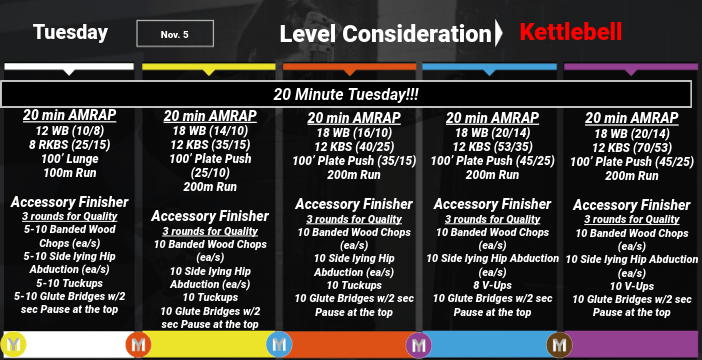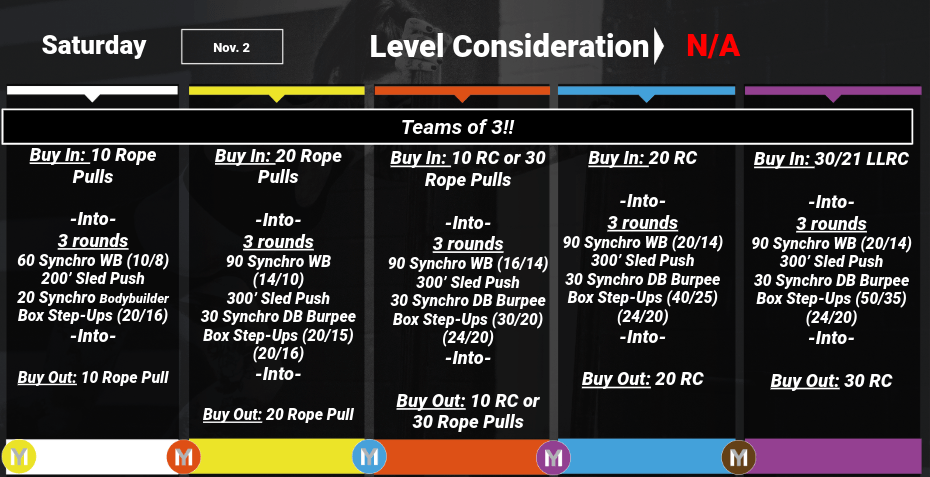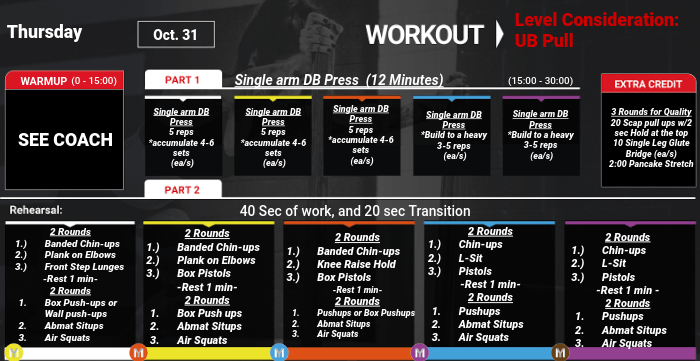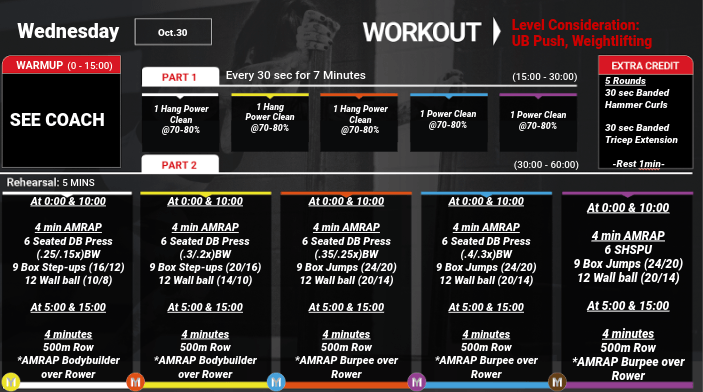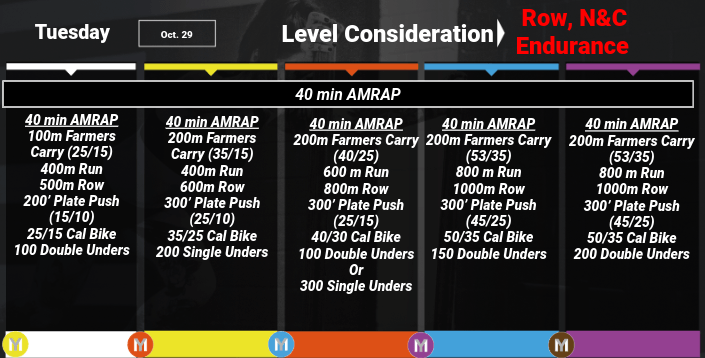11-5-19
11/2/19
11/1/19
10/31/19
Does Cardio Hurt Muscle Gain?
It’s the ultimate tradeoff you must face whether you’re an athlete, bodybuilder, or recreational gym goer.
How do you structure your strength training routine and still make time for trail runs, pickup basketball, or your metcon of choice? Strength is good. Cardio is good. So how do you balance the two for optimal health and performance? A great strength and conditioning coach knows exactly how and the truth might surprise you…
The perceived problem is rooted deep in bro science. “Ditch the cardio and just lift heavy if you want to get yoked!” Yet there are incredible athletes around the world have found ways to carry muscle mass and maintain a high level of cardiac output. CrossFit Games competitors casually bust out 225 pound snatches between sets of burpees. Hybrid athletes compete in powerlifting meets deadlifting 600+ pounds and complete Ironman triathlons in the same week. The threshold for excuses just dropped through the floor.
So why is it such a problem balancing strength and metabolic conditioning?
It takes knowledge of exercise science and how the human body adapts to training in order to properly prescribe a routine that works. At least if you wish to improve your strength and maintain your cardio or vice versa. There are many folks who run their body through the ringer day after day. Hard work is not the sole element for achieving fitness success. In fact hard work can be misapplied and eventually become a hindrance to your training if not properly executed. Layering intensity on top of dysfunction or lacking a clear goal leads to burnout and chronic fatigue.
So how do you balance out your strength and conditioning pieces?
The key is to understand how to work in different heart rate zones. Working at different prescribed intensities will improve cardiac output, build muscular endurance, and even help improve recovery from your strength training routine. The volume and intensity spent in each zone will be dictated by your training age and specific goals in training. That’s why we program workouts that range as low as 2 minutes to as high as 1 hour.
A great coach will tell you that you can only have one priority for each block of training: you execute. They will also understand that your energy needs, macronutrients, micronutrients, electrolytes, and will all have to be supported in order to sustain greater output.
10/30/19
10/29/19
10/28/19
CrossFit: Sport vs. Exercise Program
CrossFit has exploded in popularity as a fun and effective way to get fit.
It’s popularity has evolved because it works for everyday folks who need to maintain their health but is also extremely popular as a competitive event.
Sometimes it is tough for the outside world to see the differences between the sport of CrossFit that they see on TV and the training methodology they would experience in a local gym. Let’s look at some of the key differences between the sport and the training style so you can make an educated decision on adopting CrossFit into your life.
CrossFit in any form without a doubt incorporates functional movement. Using natural human movement patterns like squatting, hinging, and pressing overhead you will experience these patterns. What varies between competition and class is the technical requirements or difficulty, and the loads used in competition. The Games you see on TV are the best athletes in the world competing head to head. In order to truly differentiate the fittest men and women they must be tested by the most extreme workouts. You will see that they perform weightlifting, gymnastics, and cardiovascular workouts but at much higher intensities and volume than a coach would ever ask you do perform in your local gym.
“Intensity is the independent variable most commonly associated with maximizing favorable adaptation to exercise,” -Greg Glassman
The cool thing is you get to see your favorite athletes being pushed and tested so that they feel the workout is just as challenging as you might feel workouts are. Everyone is safely pushed and challenged to improve themselves. Reaching just a little bit further and tapping into their true potential.
If you want to try a high intensity functional fitness workout like CrossFit you may well be surprised by how friendly and welcoming the community is. You will not be the biggest or smallest, the oldest or youngest, or even the least experienced.
Training for the sport looks very different from what you may think is involved with a regular CrossFit class. Everyday the workout is different and scaled to your specific needs. You coach is more likely to scale the weights or movements in a way that is self limiting (you choose when to stop) rather than push you into doing something that is dangerous or painful.
This style of training is so popular because people are able to experience long term growth in a fun and supportive environment. If you’re ready to join a like minded community of motivated individuals then come check us out!


